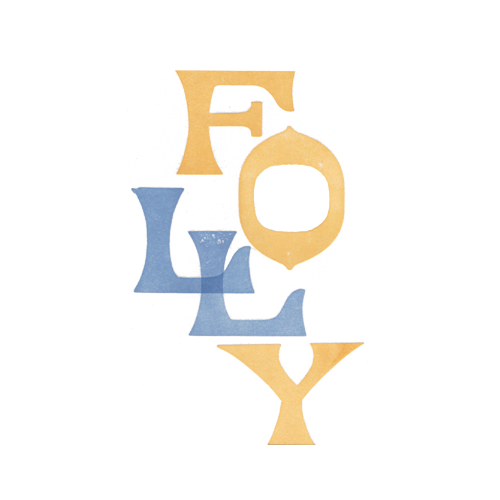In 1941 Batsford published a new title by Edmund Vale called Curiosities of Town and Countryside. With a striking cover by Brian Cook, featuring the triumphal arch at Shugborough Hall, Staffordshire, the jacket blurb promised the reader ‘freaks, eccentricities and follies.’
The Flâneuse recently ordered a copy online and whilst waiting for the postman to arrive began to do some background research. She was baffled to find the reviewer in the Hampstead News writing that amongst the buildings featured in the volume were ‘monstrosities like Lansdown Tower, Bath, and the Sugarloaf Folly, Sussex’. William Beckford and ‘Mad’ Jack Fuller may have built structures that weren’t to everyone’s taste, but ‘monstrosities’ seemed a little harsh.

And then the book was delivered, and all became clear. As he states in the book’s preface, Mr Vale (1888-1969) excludes follies from his study of curiosities for the simple reason that he has ‘always cherished a profound and contemptuous dislike for these monstrosities’. His publisher, Harry Batsford, is adamant that follies should be included in the book, but Vale is resolute that he won’t write about them, and continues that follies are ‘interlopers’ as they are ‘decidely eccentric and not accidentally so’.

‘However I must not rant’ Vale writes (rather too late in the Flâneuse’s opinion) and he introduces Mr Charles Bradley Ford who has come to the rescue by writing a final chapter on follies, and thus allowing Vale to maintain his moral high ground. However this is all a little tongue-in-cheek, for ‘Charles Bradley Ford’ was the pen-name of Harry Batsford and his colleague Christopher Fry: when the company was hit by the financial crisis of the early 1930s, it was cheaper to write the books themselves using a pseudonym.
The publishers also had the last word on illustrations, so many ‘monstrosities’ can be found pictured in the book, including those featured here, although to add to the confusion some of the photographs are of structures that are not even mentioned in the text. And of course the dust jacket features a famous landscape ornament.

‘Ford’ begins his chapter with the obligatory note on the difficulty of defining a folly. He continues that the subject of follies is an ‘amusing and engaging byway’, but with a nod to Vale he continues that to some they are ‘detestable and deplorable excrescences’. Ford believes that follies ‘add to the gaiety of the countryside’, although he draws the line at obelisks which are ‘dull and commonplace in spite of the efforts of lightening to reduce their number’.

The Illustrated London News called the book ‘delectable’ and it is certainly a handsome volume. The argument for and against follies it contains is decidedly odd, but most entertaining: an excellent addition to any folly fan’s library.

The Flâneuse first spotted the striking dust jacket in a new Batsford publication – The Book Cover by Paul Dimond. The book explores 150 years of the vibrant covers designed for Batsford publications.
All of the follies pictured here are extant, and all can be visited or seen from a public road.
Thank you for reading. There will be more monstrosities next week. Scroll down to the comments box if you would like to share any thoughts.






TOM GARDNER says:
TOM (NYC)
AT 20 (1967) MY BEING: 4TH FOOTMAN (AKA JR. BUTLER), TO PERHAPS AMERICA’S LAST PATRON OF BUILDINGS “FOLLIES” – (MRS. MERRIWEATHER POST), AND HER DESIRE OF BUILDING ‘GRAND’ STRUCTURES (AKA: ‘MAR-A-LAGO) IS A SPECIAL TRAIT; USUALLY FOUND MAINLY IN INDIVIDUALS OF EXPENDABLE WEALTH.
ERGO: ONE CAN UNDERSTAND WHY THEY REPRESENT A PAST … ‘PAST TIME’.
LUCKY MY ‘COUSINS’ – ON: THE ‘OTHER SIDE OF THE POND’, HAVING SO MANY.
ALWAYS A TREAT – YOUR OFFERINGS
MANY THANKS,
TOM
Editor says:
Thanks Tom!